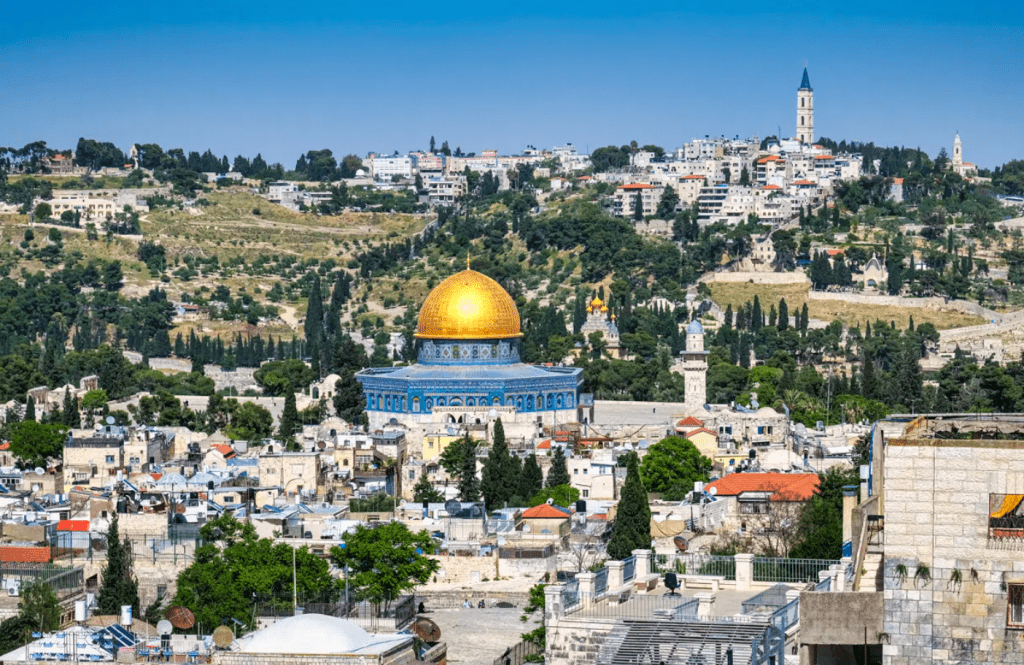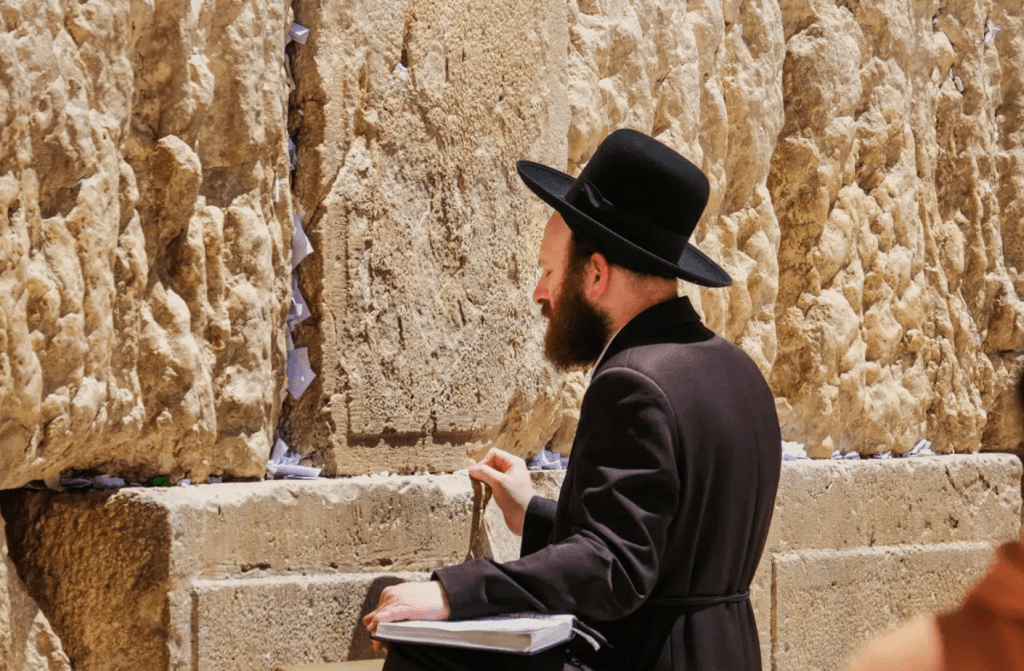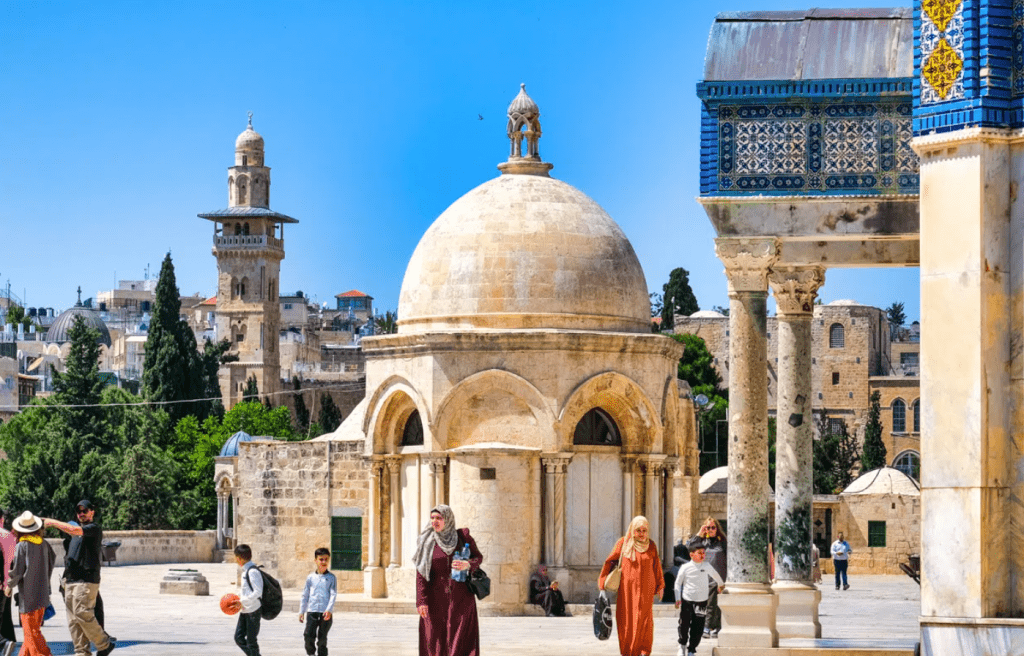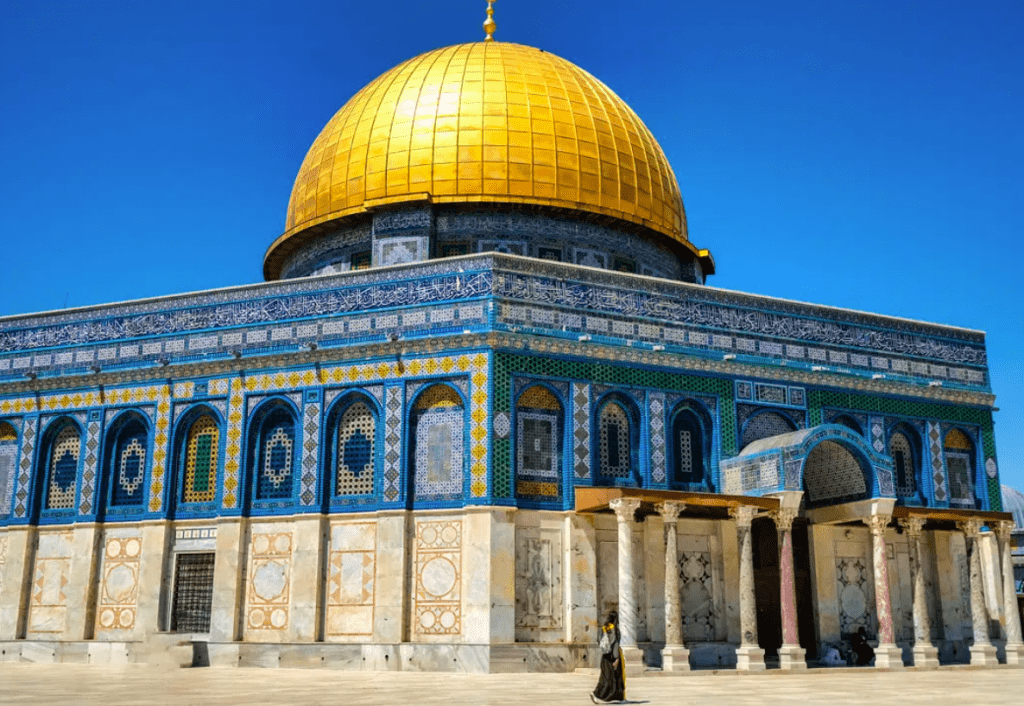The Old City of Jerusalem, having weathered sieges, destruction, and reconstruction over millennia, stands as one of the world’s most contentious destinations. As a sacred site for Jews, Christians, and Muslims, simultaneously claimed as the capital by both Israel and Palestine, this ancient city is a powder keg of conflicts.
With a history of habitation spanning over 5,000 years, this legendary city is steeped in ancient customs, archaeological treasures, and spiritual allure. Indeed, there might be no other place on Earth where the term “melting pot” is more apt.
A Contested Destination
According to the United Nations’ 1947 partition plan, Jerusalem was meant to be internationalized, undivided. However, during the 1948 Arab-Israeli War, Jordan occupied the Old City and East Jerusalem, along with the West Bank.

For 19 years, akin to Berlin, Jerusalem remained a divided city until the Six-Day War in 1967 when Israel seized the Old City. Since then, Israel expanded Jerusalem’s borders, annexing some areas of the West Bank and developing Israeli settlements in East Jerusalem.
This annexation and settlement activity are widely deemed illegal, including by the United Nations, and are considered impediments to the peace process.
The Three Holy Sites
When visiting the Old City of Jerusalem, one should explore the three major holy sites representing the Abrahamic religions. Dress modestly for all three, as they tend to be crowded.
Church of the Holy Sepulchre
One of Christianity’s most sacred pilgrimage sites, the Church of the Holy Sepulchre is believed to be built upon the place where Jesus was crucified, buried, and resurrected. Within its ornate halls lie several significant stations representing the tenth to fourteenth stations of the cross. These include the Stone of Anointing (where he was crucified), the Stone of Unction (where he was anointed), and the Holy Sepulchre itself (where he was buried before the resurrection).
Due to its compact interior and universal appeal to pilgrims worldwide, it is the most crowded of the three major holy sites.
Western Wall
Often referred to as the “Wailing Wall,” the Western Wall is the holiest prayer site in Judaism. It is the remaining remnant of the outer wall of the Temple Mount, where the Holy Temple once stood. For Jews, it’s the closest point to the complex of the Temple Mount that anyone, other than the high priest, is allowed to approach.

The Temple was the primary place of worship in Jewish history. The first Temple was built around the 10th century BCE and stood until approximately 587 BCE when it was destroyed during the Babylonian siege of Jerusalem. The second Temple was reconstructed around 516 BCE on the same site but was destroyed during the Roman siege of Jerusalem in 70 CE. Subsequently, Jews were exiled from the city, making it a place of pilgrimage. The term “Wailing Wall” stems from the mournful sounds made by worshipers expressing grief. Prayers written on slips of paper are inserted into the crevices of this 2,000-year-old wall.
The expansive courtyard in front is divided into male and female sections, open to all, but in the male section, you’ll often witness ultra-Orthodox Jews swaying rhythmically, engrossed in prayer.
Temple Mount / Haram al-Sharif
For Muslims, known as Haram al-Sharif (the Noble Sanctuary), and for Jews, as Har ha-Bayit (the Temple Mount), this is the most disputed area in the Old City of Jerusalem. Two of Islam’s most sacred structures are situated here: the Dome of the Rock and the Al-Aqsa Mosque. Both are located where the Temple once stood, earning deep reverence from Jews.

The golden Dome of the Rock is an iconic symbol of Jerusalem, if not the entire region. Inside, off-limits to non-Muslims, rests a rock believed to be where Abraham intended to sacrifice his son and where Prophet Muhammad ascended to heaven.
Opposite the Dome of the Rock is the less ornate Al-Aqsa Mosque. It is the most significant mosque in Jerusalem, accommodating up to 5,000 worshippers. Like the Dome of the Rock, only Muslims are allowed inside Al-Aqsa.
Haram al-Sharif / Temple Mount complex is the most tranquil and least crowded of the three major sites. This is because, due to restrictions imposed by some Orthodox Jewish authorities, Jews are prohibited from accessing this complex. Non-Muslim visitation times are also restricted, subject to rigorous security checks, queues, and occasional political disputes that might deter tourists.
Regardless of your faith, I highly recommend a visit. The Dome of the Rock is one of the most beautiful structures I’ve ever encountered.

Other Highlights in the Old City of Jerusalem
Apart from the three major holy sites, there are numerous other unmissable attractions. This list is by no means exhaustive – there are dozens more – but here are my personal recommendations.
- Jaffa Gate: One of the city’s seven main gates, Jaffa Gate marks the end of Jaffa Road. It was historically the point where travelers and pilgrims arrived after a long journey from the port of Jaffa, and it’s now the starting point for most Old City walking tours.
- Tower of David (Citadel): Located within Jaffa Gate, the Tower of David is the original palace of King Herod, later used by the Romans and Crusaders. Climbing the walls provides the best panoramic views of the Old City.
- Via Dolorosa: Also known as the Way of the Cross, it’s the route believed to be the path Jesus walked, carrying the cross to his crucifixion. Several plaques mark nine important “stations,” including where he is said to have stopped and rested, using his hands for support.
- Arab Market: Winding through labyrinthine alleys between the Christian and Muslim quarters, the Arab Market features stalls selling a variety of items, from lamps, jewelry, and souvenirs to clothing and hookahs.
- Damascus Gate: The largest gate in the Old City leading to a bustling market in the Muslim Quarter, it is the main Palestinian market in Jerusalem.
- Western Wall Tunnels: Sit uated beneath the holiest prayer site in Judaism, the Western Wall Tunnels explore the narrow passages that extend horizontally along the original streets of the ancient city. These tunnels, accessible through a 75-minute guided tour by reservation, offer a glimpse into the 2,000 years of history beneath the Old City.
- Armenian Quarter: As the smallest of the four quarters in the Old City, the Armenian Quarter is unrelated to religion and is considered the oldest Armenian diaspora community. Distinguishing itself from the other three, the Armenian Quarter is a residential community of around 1,500 inhabitants, with its churches, schools, libraries, shops, and medical services.
Jerusalem Archaeological Park and Davidson Center: Located near the Dung Gate and the Western Wall, this archaeological site showcases various 2,000-year-old relics from the Temple period. It includes remnants of walls, stairs, streets, ritual baths, and shops.
This list only scratches the surface of Jerusalem’s Old City’s numerous attractions. I hope these recommendations enrich your journey, allowing you to experience the rich history and culture of this ancient city. While touring these sacred sites, please respect local customs, especially regarding appropriate attire. May your time in Jerusalem be truly wonderful!

Leave a Reply